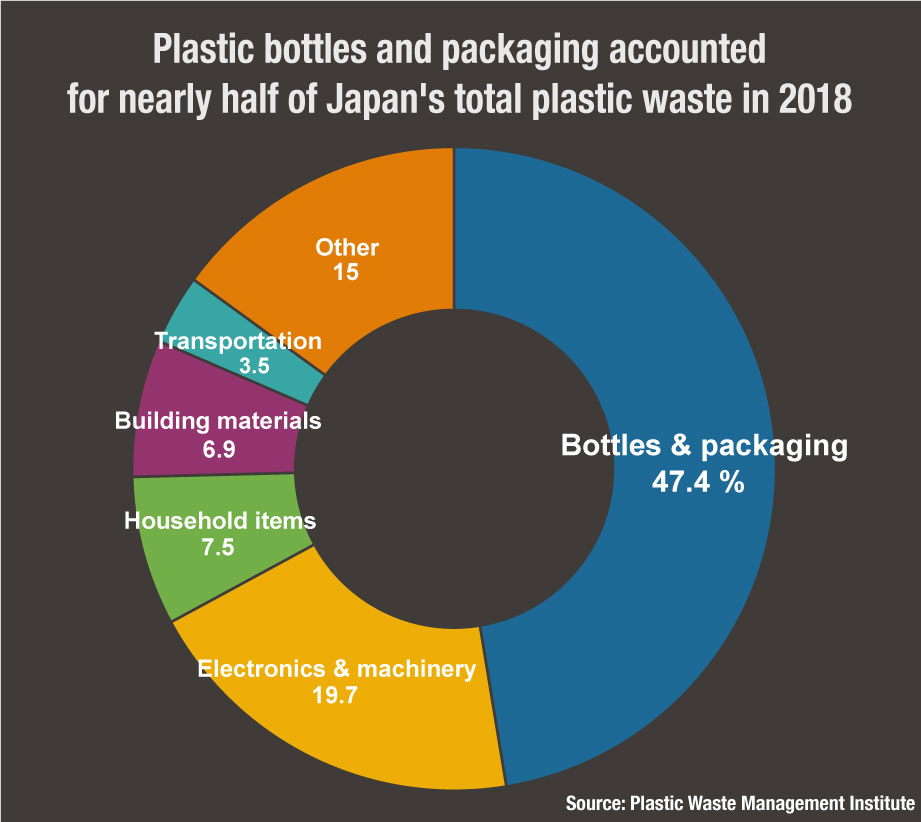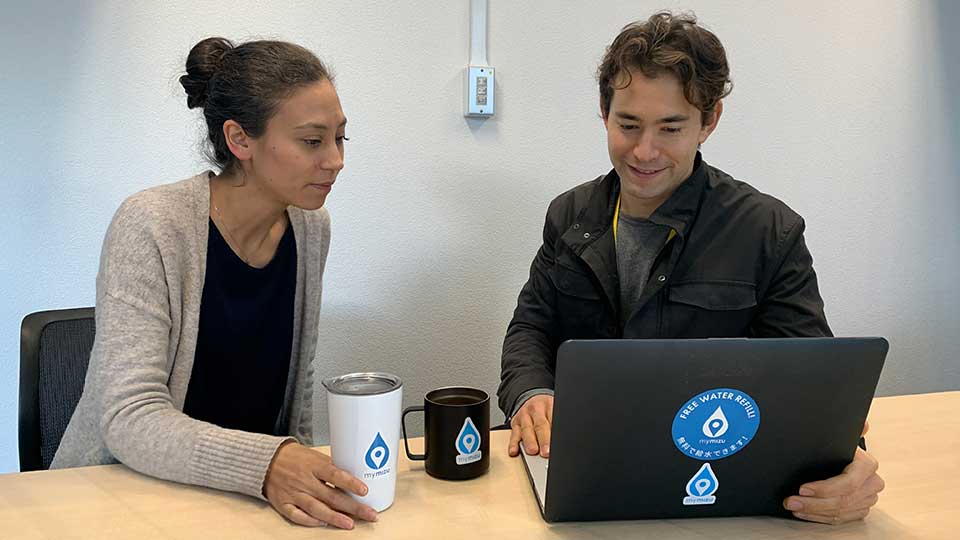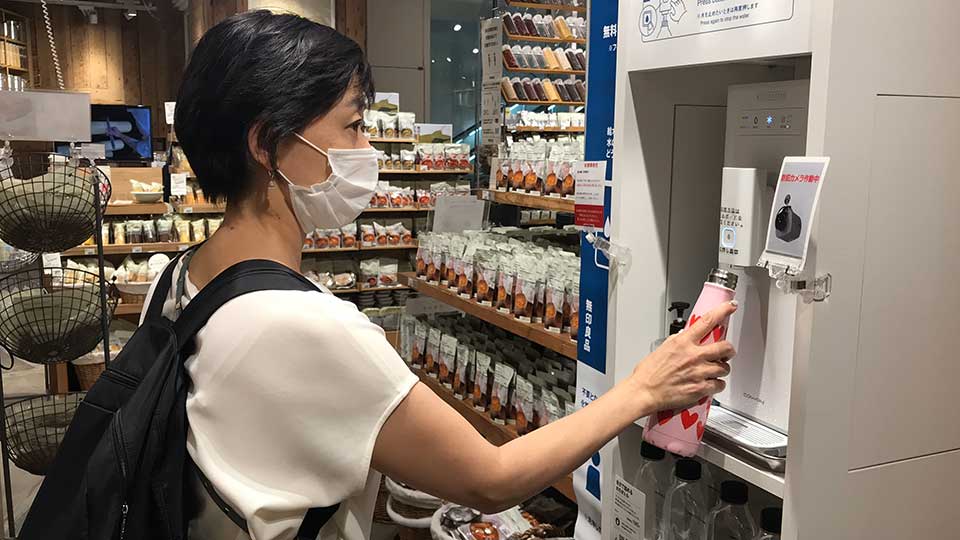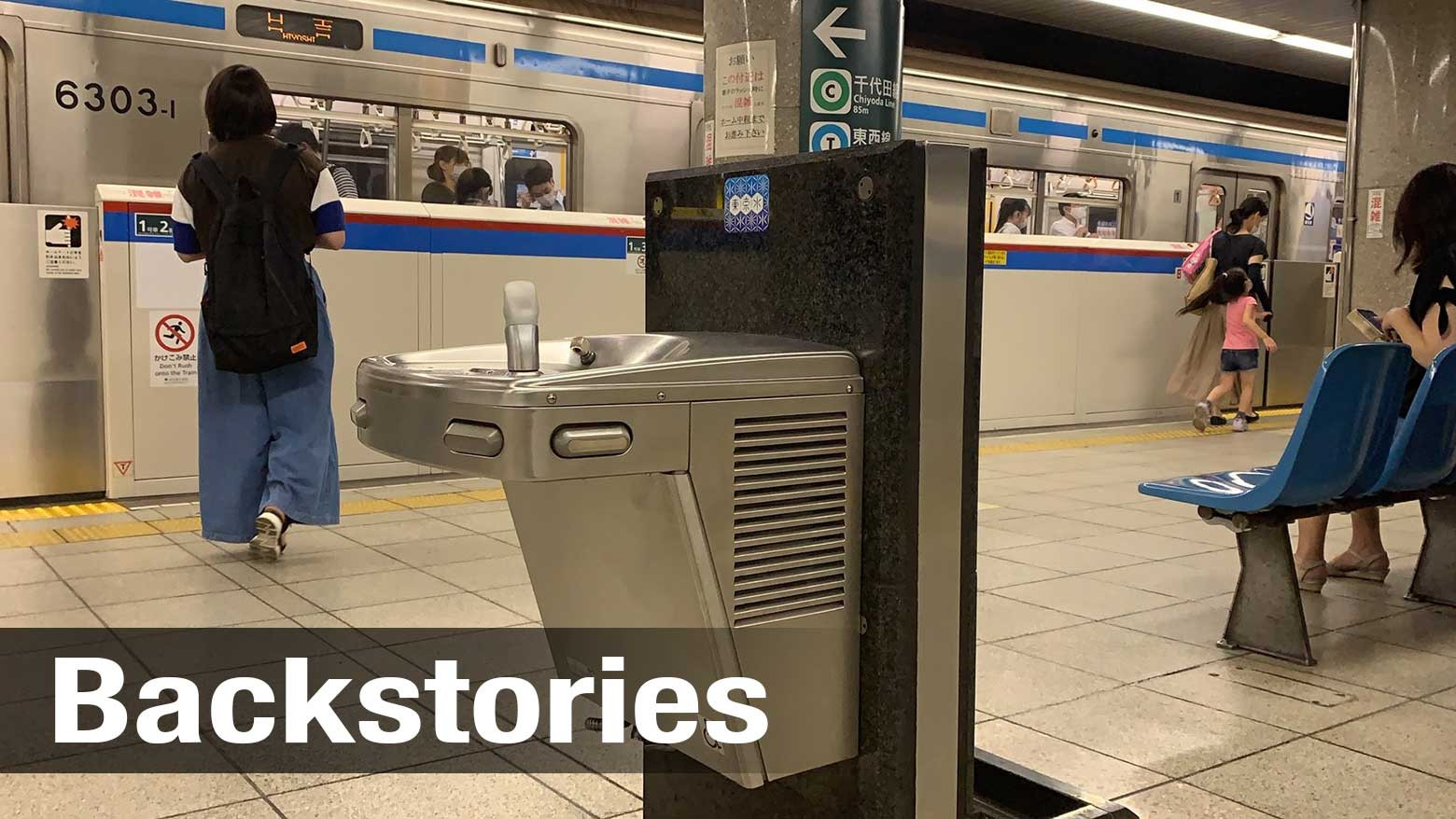Tokyo Metro, which runs the city’s sprawling private subway system, says there were 198 water fountains in its stations in 2015. Just five years later, there are none. The famous Yamanote Line, which makes 30 stops in central Tokyo, does not have a single water fountain, with the last remaining one in Tokyo Station being removed last September.
So what happened to the water fountain in Tokyo? Its demise can be largely attributed to the rise of bottled beverages. Ever since the first drinks sold in plastic bottles were introduced to Japan in the 80s, demand has shot up. According to The Council for PET Bottle Recycling, a whopping 25.2 billion plastic bottles were sold in Japan in fiscal 2018. This marked a 6.9% increase from the year before and amounts to about 200 bottles per person. Conversely, this has meant a steady decline in the use of water fountains.
But now some businesses are trying to reintroduce water fountains and encourage their use, particularly as awareness of the environmental damage caused by single-use plastic has grown in the past few years.

Last September, entrepreneurs Robin Lewis and Mariko McTier launched mymizu, an app that connects users to free water refilling stations nearby. The pair have recently been trying to get businesses to join the platform, arguing that it would increase foot traffic to their stores and improve brand image. Currently, they have registered more than 6,500 water fountains and bottle refill stations across Japan to their app. This includes over 470 cafes, stores, and hotels.
“Reducing the use of plastic bottles can be fun,” says Lewis. “We want to make it more desirable to refill tap water in Japan, like it is elsewhere.”

MUJI, a Japanese retailer known for its minimalist clothing and interior design products, launched an initiative in July aimed at reducing plastic waste. Until recently, the company had sold about one million water bottles a year. Now, it says it’s stopping sales and will instead install bottle refill stations at over one hundred outlets across the country. These will be available for use by anyone, not just customers.
“Beverage makers won’t stop selling water but we will,” says Shimazaki Asako, who is leading the initiative. “We hope customers feel a sense of achievement after refilling their water bottles.”
She adds that MUJI plans to eventually install refill stations at 400 stores nationwide. And the project is going ahead despite the coronavirus pandemic, with stores taking care to disinfect the stations repeatedly throughout the day

Associate Professor Sadao Harada, who studies environmental issues at the Osaka University of Commerce, says Japan’s reputation as a “technologically advanced country” has made it difficult to take meaningful action against plastic waste.
“Japan is known for its technology, with energy efficient air conditioners and gas-saving automobiles,” he says. “We also have high quality incinerators that burn plastic, but these are too expensive for most cities to afford. It takes money to buy the technology needed to tackle environmental issues. So we will just have to do our part as individuals to reduce plastic, rather than rely on old fashioned infrastructure.”
Recently, I went to a cafe in Roppongi that I found on the mymizu app and asked a waiter to refill my bottle. I was slightly nervous, thinking it wasn’t something many people do.
“You’re the third person,” said the waiter, as he poured ice cold water into my bottle.
Turns out I’m not alone. Hopefully word gets out and more people make this a regular practice. For years, reducing plastic bottle use has been the low hanging fruit that we have refused to snatch. The time is ripe for action.

